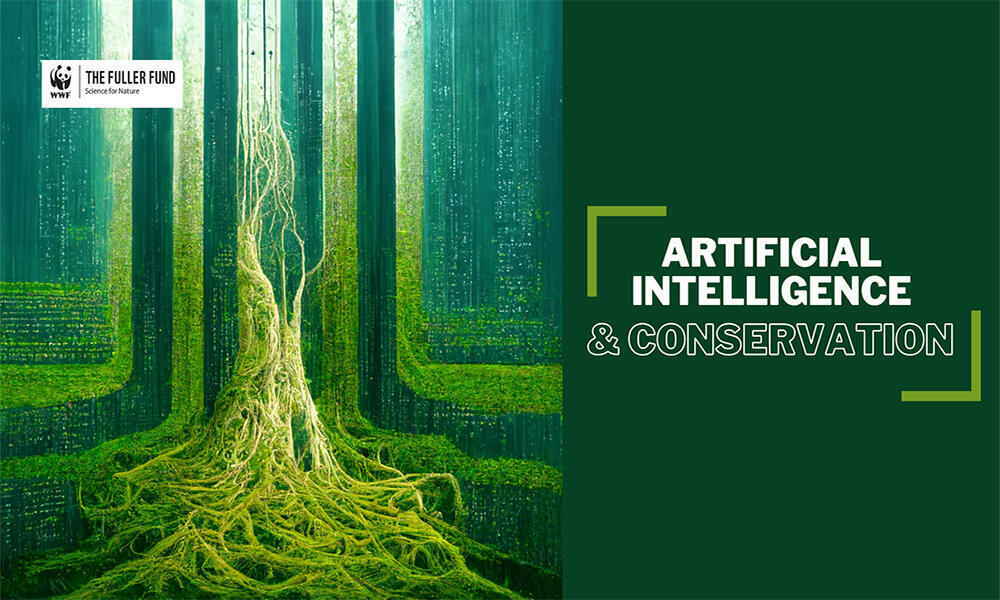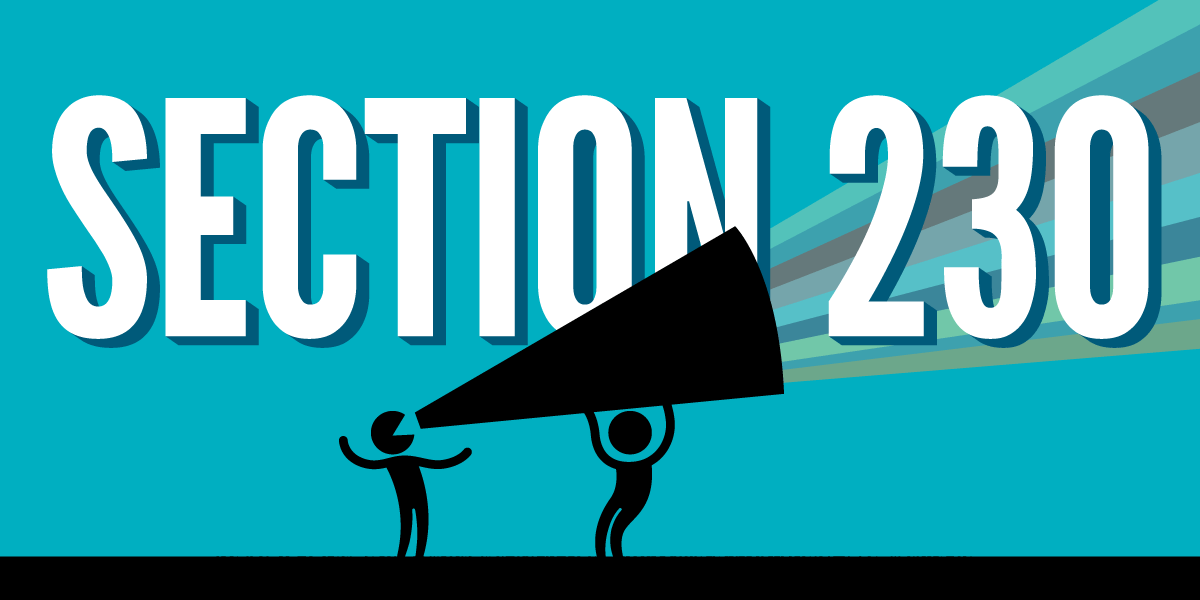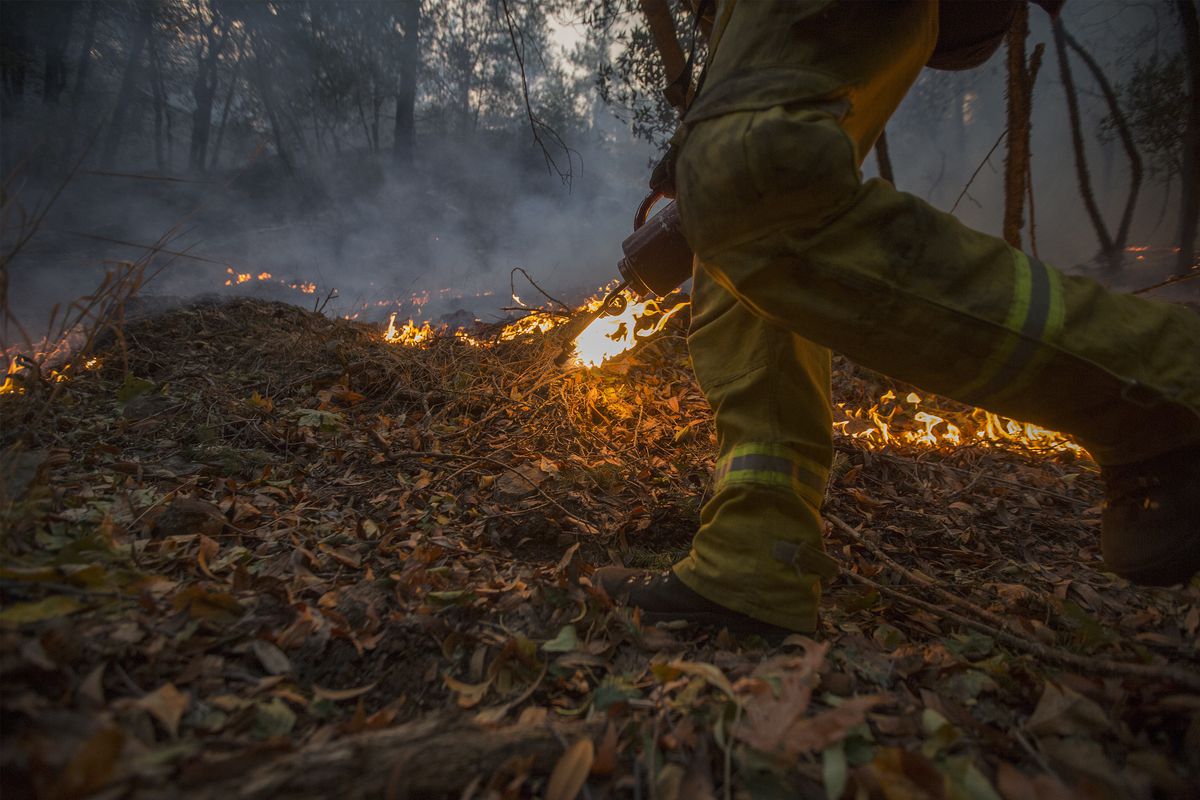Artificial Intelligence In Wildlife Conservation: Benefits, Challenges, And The Future

Table of Contents
Benefits of AI in Wildlife Conservation
AI is rapidly transforming how we approach wildlife conservation, offering powerful tools to monitor, protect, and understand wildlife populations and their habitats more effectively.
Improved Wildlife Monitoring and Tracking
AI-powered technologies are revolutionizing wildlife monitoring. Drones equipped with advanced cameras and sensors can survey vast areas, collecting high-resolution images and videos of wildlife. AI-powered wildlife monitoring systems then analyze this data, automatically identifying species, counting individuals, and tracking their movements. Smart camera traps, another vital tool, leverage AI-driven image recognition to automatically detect and classify animals, significantly reducing the time and effort required for manual analysis.
- Automated image and sound analysis: AI algorithms can sift through massive datasets of images and sounds, identifying species with high accuracy and speed.
- Real-time data collection: Sensor networks connected to AI systems provide real-time updates on wildlife activity, enabling rapid response to threats.
- Identification of individual animals: AI can identify individual animals based on unique markings, providing valuable insights into population dynamics and behavior.
- Tracking animal movements and migration patterns: AI algorithms can analyze GPS data to map animal movements and migration routes, informing conservation strategies.
Combating Poaching and Illegal Wildlife Trade
AI is proving to be a powerful weapon in the fight against poaching and illegal wildlife trade. AI anti-poaching strategies utilize various technologies:
- AI-powered surveillance systems: Networks of cameras and sensors, combined with AI-based analytics, can detect suspicious activity in real-time, alerting authorities to potential poaching incidents.
- Predictive policing models: AI can analyze historical poaching data to identify high-risk areas and predict future poaching events, allowing for proactive intervention.
- Analyzing social media data for illegal wildlife trade networks: AI can identify and disrupt illegal wildlife trade networks by analyzing online platforms for suspicious activity.
- Facial recognition for identifying poachers: AI-powered facial recognition systems can help identify and track known poachers, aiding law enforcement efforts.
Habitat Monitoring and Conservation Planning
AI plays a significant role in habitat monitoring and conservation planning. By analyzing vast datasets from various sources, AI algorithms can provide crucial insights for informed decision-making.
- Analyzing satellite imagery for deforestation detection: AI can quickly identify deforestation patterns, enabling timely intervention to prevent further habitat loss.
- Predicting habitat loss: AI models can forecast future habitat loss based on factors like climate change and human activities.
- Optimizing protected area design: AI can assist in designing protected areas that effectively safeguard wildlife populations and their habitats.
- Modeling climate change impacts on wildlife: AI can simulate the effects of climate change on wildlife populations and habitats, guiding adaptation strategies.
Challenges of Implementing AI in Wildlife Conservation
Despite the immense potential, implementing AI in wildlife conservation faces several significant challenges.
Data Availability and Quality
The success of AI depends heavily on the availability of high-quality data. However, in many conservation contexts, data is scarce, inconsistent, and often biased.
- Data scarcity in remote areas: Collecting data in remote and inaccessible areas can be expensive and logistically challenging.
- Data bias: Existing datasets might reflect existing biases, leading to inaccurate or unfair AI models.
- Inconsistent data formats: Lack of standardization in data collection methods can hinder the development of robust AI systems.
- Cost of data collection and annotation: Preparing data for AI training requires significant time and resources.
Technological Limitations and Costs
Implementing AI solutions can be expensive, requiring substantial investment in hardware, software, and expertise.
- Computational requirements: Training sophisticated AI models requires powerful computing infrastructure.
- Power needs in remote locations: Deploying AI systems in remote areas often poses challenges in terms of power supply.
- Maintenance costs: Ongoing maintenance and updates of AI systems can be costly.
- Lack of access to technology in developing countries: Many countries lack the necessary infrastructure and expertise to implement AI-driven conservation projects.
Ethical Considerations
The use of AI in wildlife conservation raises several ethical concerns.
- Data privacy of animals: The collection and use of animal data raises concerns about animal privacy and welfare.
- Potential misuse of AI technology: AI technology could be misused for purposes that are detrimental to wildlife conservation.
- Algorithmic bias impacting conservation decisions: Bias in AI algorithms could lead to unfair or discriminatory conservation practices.
The Future of AI in Wildlife Conservation
The future of AI in wildlife conservation is bright, with ongoing advancements promising even more impactful applications.
Advancements in AI Technology
Rapid developments in AI are continuously enhancing its potential for conservation:
- Improved machine learning algorithms: More sophisticated algorithms are being developed that are better at handling complex datasets and making accurate predictions.
- Advancements in computer vision and natural language processing: These advancements improve the ability of AI to analyze images, videos, and textual data related to wildlife.
- Development of more robust and adaptable AI systems: AI systems are becoming more robust and adaptable to different environmental conditions and data limitations.
Collaboration and Partnerships
Successful implementation of AI in conservation requires strong collaboration among various stakeholders.
- Cross-disciplinary collaborations: Collaboration between scientists, conservationists, technologists, and policymakers is crucial for developing and implementing effective AI solutions.
- International partnerships: International partnerships are essential for sharing knowledge, resources, and best practices.
- Knowledge sharing and technology transfer: Effective knowledge sharing and technology transfer are critical for ensuring that AI benefits conservation efforts worldwide.
Conclusion
Artificial Intelligence in Wildlife Conservation offers a transformative potential for protecting endangered species and preserving biodiversity. While challenges related to data availability, technological limitations, and ethical considerations remain, ongoing advancements in AI and increased collaboration promise to overcome these obstacles. The future of wildlife conservation depends on innovative solutions, and AI provides a powerful tool to protect our planet's biodiversity. Learn more about the applications of AI for wildlife conservation, support organizations involved in AI-driven conservation projects, and consider how you can contribute to this crucial field. The future of conservation relies on embracing innovative technologies like AI – let's work together to build a brighter future for wildlife.

Featured Posts
-
 Market Analysis Dow Futures Gold Prices And Current Economic Uncertainty
Apr 23, 2025
Market Analysis Dow Futures Gold Prices And Current Economic Uncertainty
Apr 23, 2025 -
 Section 230 And Banned Chemicals On E Bay A Judges Ruling
Apr 23, 2025
Section 230 And Banned Chemicals On E Bay A Judges Ruling
Apr 23, 2025 -
 Selling Sunset Star Speaks Out La Landlord Price Gouging After Fires
Apr 23, 2025
Selling Sunset Star Speaks Out La Landlord Price Gouging After Fires
Apr 23, 2025 -
 Power Outage Updates Lehigh Valley Battling High Winds And Storm Damage
Apr 23, 2025
Power Outage Updates Lehigh Valley Battling High Winds And Storm Damage
Apr 23, 2025 -
 Canadian Households Face The Fallout Of Trumps Tariff Turmoil
Apr 23, 2025
Canadian Households Face The Fallout Of Trumps Tariff Turmoil
Apr 23, 2025
